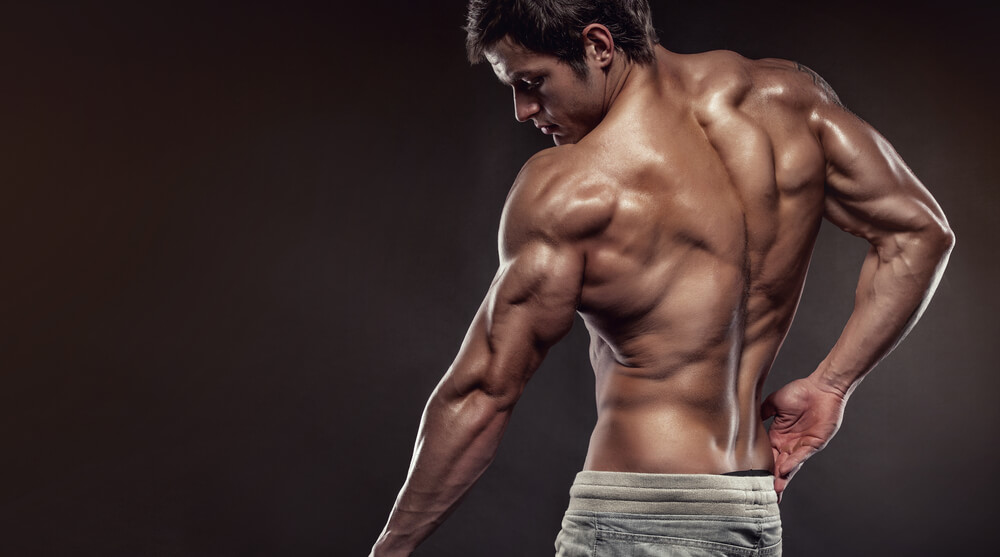
Think you know all the important muscles in your body? Think again. But, don’t worry. Why? We’ve got a few muscles you probably haven’t heard of.
Chest, lats, quads, calves, abs, biceps and triceps are all muscles you’ve heard of, right?
What about muscles such as the popliteus and peroneus longus?
The reason I ask this question is this: There are so many muscles you work when you go to the gym that you don’t even think about, yet they usually are the cause of most injuries or the little aches and pains you feel on a daily basis.
You go to the doctor and they give you a physical therapy referral. You go for eight weeks of treatment and it gets better temporarily. But when you don’t keep up with your therapy exercises that little twinge in your knee comes back again. The truth is that the exercises they have you doing keep you healthy as long as you continue doing them.
Most therapists expect you to keep up with your exercises, but all you think is “who has the time to do all these and expect their biceps to get bigger?”
One problem with that thought process is that if you’re not healthy, that little bit of elbow pain and shoulders crackle every time you do an overhead press can lead to injury down the road.
What injuries?
We’re talking things like a torn labrum (super-important shoulder ligament) that can keep you out of the gym for up to a year. Talk about a serious gain-reversing issue.
Lucky for you, we put together this list of some of the most important ones, in no order, and present you with a few methods of how to train them.
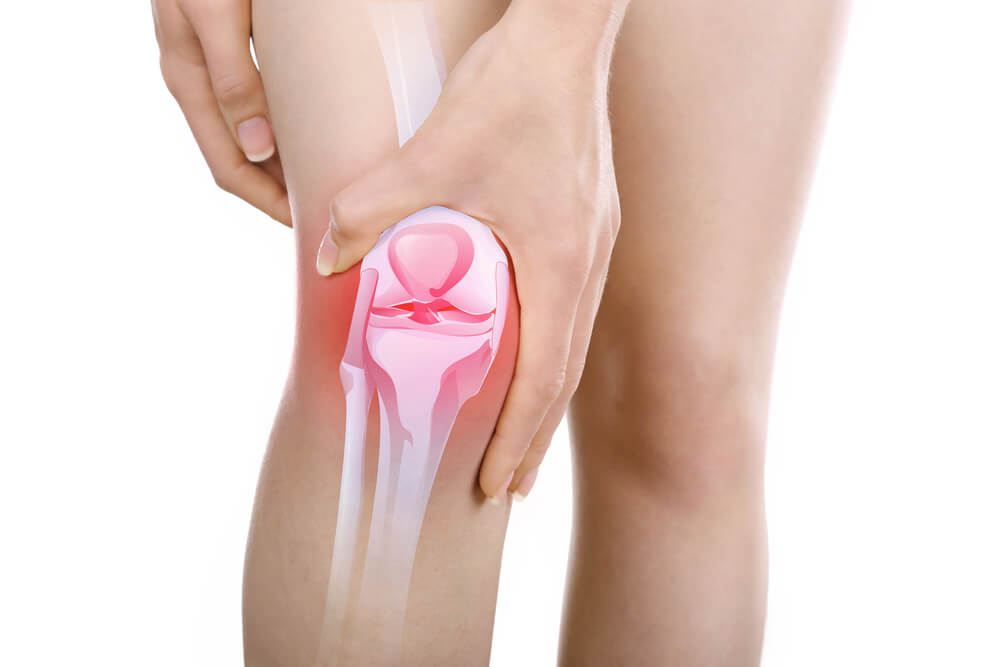 #1 Popliteus
#1 Popliteus
The popliteus is a circular muscle that encircles the top of your tibia (shinbone) and is responsible for most knee stability. I have seen, many times, these huge, seemingly very strong bodybuilders and powerlifters with monstrous legs tear ligaments in their knees by doing the most mundane activities, like stepping off a curb. A weak popliteus is the most common cause of a non-contact related injury like the one described.
The question is: How do you train it?
Here’s the good news: It’s fairly easy.If you want to train the popliteus, then you’re in luck.
Why?
Things like squats and deadlifts hit it pretty hard. But, if you don’t do legs because you think running is good enough, I have bad news for you and I won’t sugarcoat it: You’re screwed in terms of knee health.
For the more advanced lifter, throw in some single-leg variations, such as single-leg RDLs, single-leg, good mornings, lunges, Bulgarian split-squats, etc. The single leg aspect forces your knee to stabilize itself and makes sure the popliteus has adequate muscle tone (the contraction and relaxation of the muscle responds to what the knee needs versus what you tell it to do) to keep you upright and healthy.
And whatever you do, please do not start squatting on a Bosu ball. Not only do you look like a complete idiot, but you’ll also end up losing any gains you’ve made from doing other exercises. Ask any good strength coach and they’ll tell you the same thing about unstable surface training.
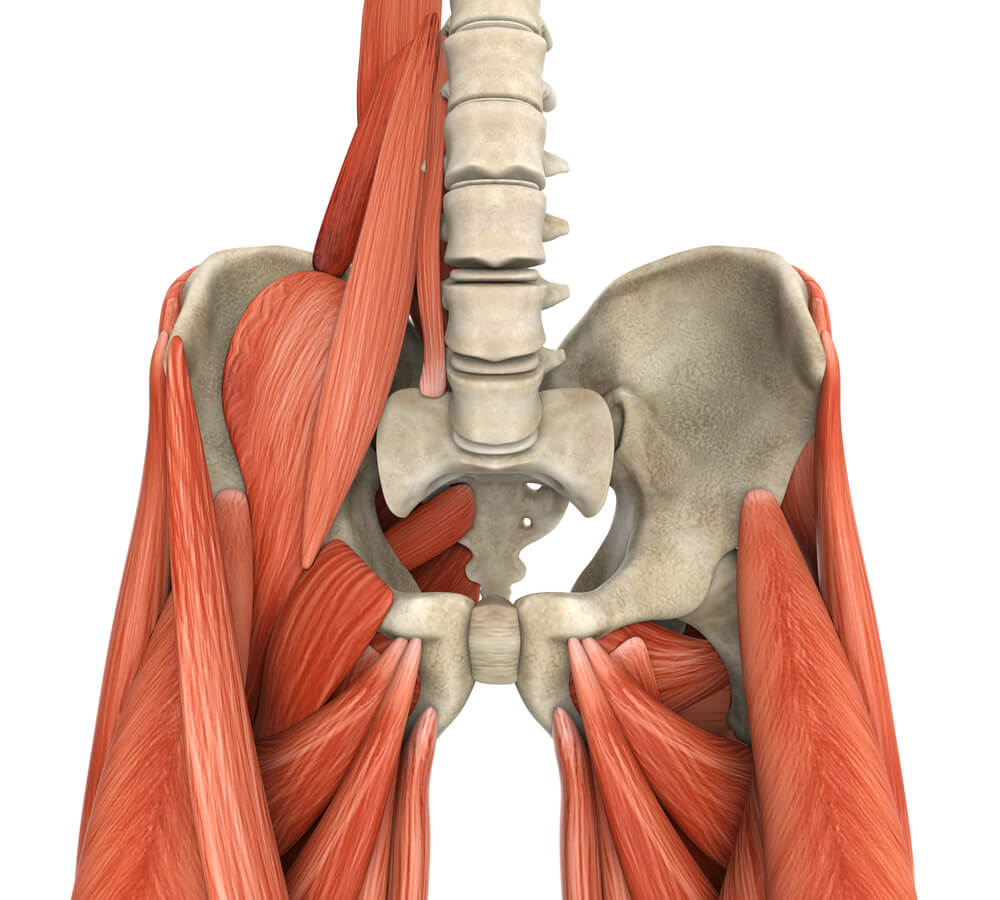 #2 Psoas Minor
#2 Psoas Minor
A quick Internet search will tell you what your major hip flexors are. Names like rectus femoris, iliopsoas group and psoas major will show up. But, a small, underrated hip flexor all too often goes unmentioned: The psoas minor. The psoas minor has been shown to help you keep from tearing important ligaments in your hip, and it also has been implicated in preventing hips from breaking in older people.
How do you train this muscle?
The answer is simple.
To train the psoas minor, anything that brings your knees in towards your chest against resistance will work pretty well. This includes hanging leg raises (that, in particular, has the added benefit of being just about the best thing you can do for your abs as well) or anything that has you folding at the hips, meaning most abs exercises.
But, there is one problem. If you’re lean enough to see your abs, you probably don’t think about doing abs. Most people don’t like doing them anyway because it burns like crazy when you do anything that remotely challenges your abs and having sore abs is pretty unpleasant. It’s a feeling most recreational gym-goers avoid like the plague.
Put your nose to the grindstone and be responsible about your core training and regardless of how sore your abs get, at least, you’ll have healthy hips.
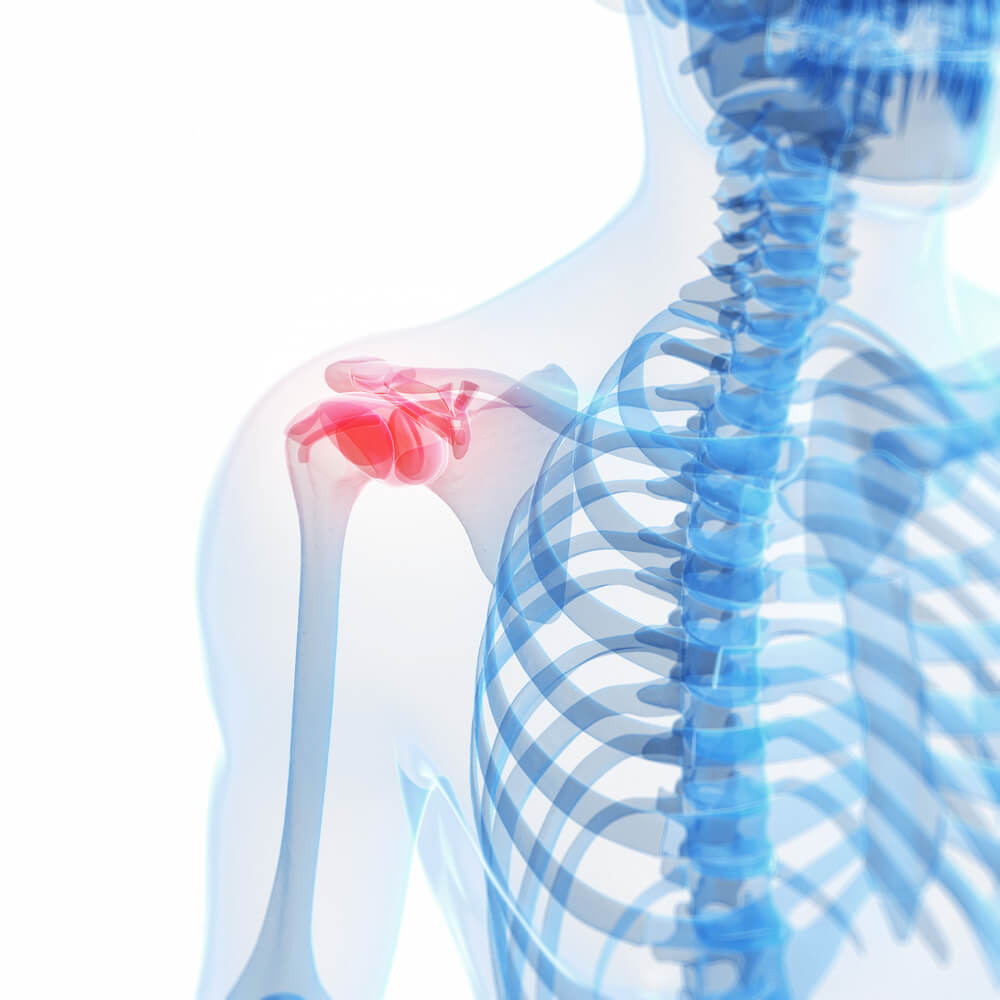 #3 SITS Group (Rotator Cuff)
#3 SITS Group (Rotator Cuff)
The acronym SITS stands for four different muscles.
Which ones?
They are the supraspinatus, infraspinatus, teres minor and subscapularis. These four muscles work together to internally and externally rotate your upper arm.
To demonstrate these movements, stand with your arm bent 90 degrees, with your forearm across your stomach. Without moving your elbow away from your body, move your hand outwards so that your arm extends straight in front of you. That’s external rotation. The exact opposite motion is internal rotation.
These movements help you do things like throw a football while tailgating with your buddies before the big game, start the engine to your lawnmower and, more importantly, bench press and do shoulder presses. These are all things that help you make gains.
Remember the crackling I mentioned before that might occur in the shoulders?
That’s usually a result of having imbalanced internal and external rotation strength.
As for training these muscles, you can use the moves described against a cable or band resisting each motion. You can have your elbow abducted (up so your upper arm is parallel to the floor) doing the same motions. There are also other advanced variations. For the advanced lifter, it’s normal for you to think that what you’re doing is enough already, but the truth is it’s definitely not.
Cable face pulls have an external rotation component to it. Corkscrew dumbbell rows and corkscrew dumbbell presses have internal rotation components. However, there’s an even more effective way to train the SITS group.
PNF patterns work very well. Many trainers (exercise “professionals” without a college education) will think this is a stretching technique that involves contracting a muscle then relaxing it to bring it into a deeper stretch. They are wrong. That technique is called PIR (Passive Isolated Resistance) stretching, or to physical therapists, the contract-relax technique.
PNF stands for Proprioceptive Neuromuscular Facilitation. What that means, in English, is performing natural motions that use your body’s natural awareness of where it is in space to improve how your body moves and functions. As it comes to the rotator cuff, it means spiral and diagonal patterns with the arm. A quick YouTube search of Gray Cook or Eric Cressey doing PNF patterns will get you started. Five to 10 minutes is all you need twice a week and your shoulders will remain healthy for a long time.
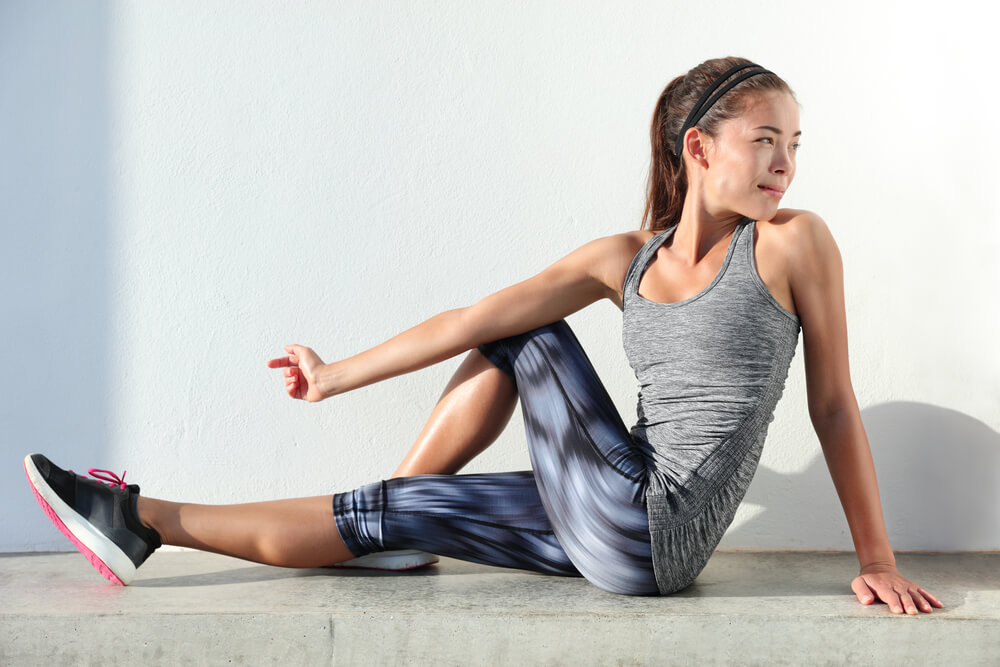 #4 Piriformis
#4 Piriformis
Have you ever tried rolling out (with a foam roller, softball or lacrosse ball) your glutes, only to find that there’s one really painful spot that hurts so good (yes, you read that right) that you want to keep doing it?
That’s most likely your piriformis. It’s a muscle that’s deep to your glutes (under them) and rotates your knee to point outwards (external rotator of the hips). It is responsible for keeping the hips in line.
An injured piriformis leads to problems like false sciatica, which is really painful. It could also lead to real sciatica, which is even more painful. A weak piriformis means impaired gait (how you move when walking, jogging, running, etc.), which means you’ll most likely have shin splints or knee issues later on down the road, no pun intended.
To train the piriformis, you need to do something that points your knee outwards. We’re talking moves like banded clamshells (knees bent 90 degrees, lying on your side and opening up your legs like a clamshell), sumo deadlifts and slide board lunges.
Having a strong piriformis leads to doing hard exercises like squats correctly, meaning that you’ll likely benefit from the exercise. That’s unlike someone who experiences valgus collapse (knees buckling inward), which can lead to serious problems like ACL and PCL tears. These can keep you out of the gym for up to two years (for PCL tears).
To prevent tears in the piriformis, keep rolling it out so that it doesn’t hurt anymore when you roll out your glutes!
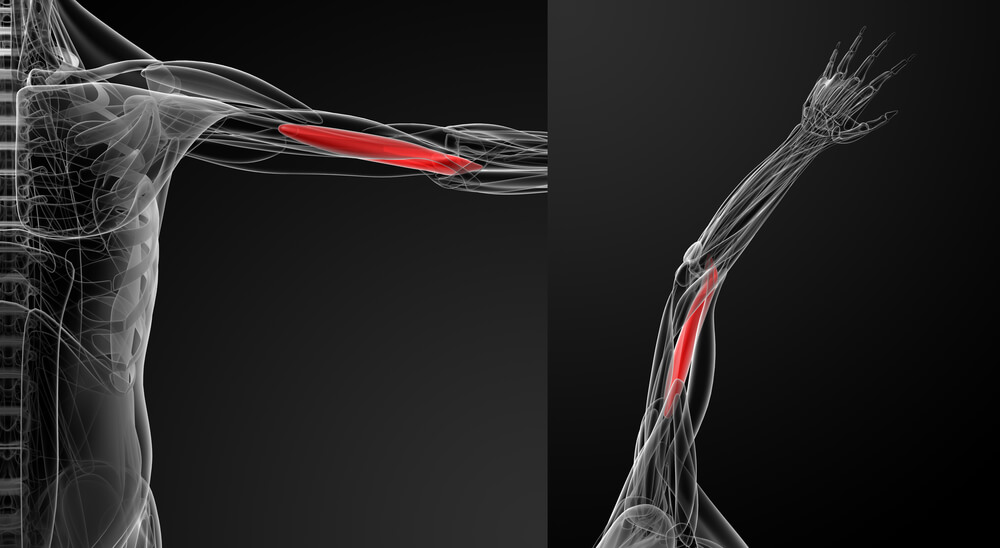 #5 Brachialis
#5 Brachialis
So you may think that training the biceps with effective moves, like chin-ups and rows, is the best way to make your arms look bigger. However, this is not the case.
Why, when you see someone doing biceps curls, do they usually turn their wrists?
Newsflash: The biceps is a powerful supinator (turns your lower arm palm-up), but not so much a flexor.
The muscle that is responsible for most of the flexion of your elbow (the action that you do when you make a muscle pose) is called the brachialis. It lies deep to the biceps, originates at the top of the shoulder, and has two other attachment points: One on the ulna and one on the radius (both of which are the bones of the lower arm).
I already gave you the answer of how to train this muscle. It flexes the elbow, so anything involving elbow flexion will give this adequate exercise. Leaving this muscle untrained is nearly impossible if you’re a weightlifter unless you have what I like to call “high school football player syndrome.” That’s an unfortunate condition where all you do is bench press, although incorrectly, day in and day out, leading to an underdeveloped chest (believe it or not) and a weak rest of the body.
Any move such as a row, chin-up, pull-up or any other exercise will give this muscle adequate stimulus to grow and change. The only disadvantage to leaving this muscle untrained, other than having an underdeveloped chest from the aforementioned syndrome, is that you’ll remain weak, and according to Bret Contreras, CSCS*D, Ph. D., “if you think lifting weights is dangerous, try being weak. Being weak is dangerous.” Translation: being weak leads to far more problems than strength training (unless you do CrossFit).
Just ask anyone who has a job that involves repetitive motion, like a hairdresser or carpenter, that doesn’t do any strength training. Chances are they have some sort of weakness related condition, like tendonitis or a SLAP (Superior Labrum [of the shoulder] from Anterior to Posterior) tear, the latter of which requires surgery to fix and a long recovery process, again keeping you out of the gym. Weakness is dangerous.
 #6 Sartorius
#6 Sartorius
This muscle is part of the hip flexor group and is highly underrated when it comes to knee health. Believe it or not, there is a lot of knee health that is determined by the hip flexors.
According to Loren Landow, CSCS*D, who trains the likes of Missy Franklin, Cat Zingano (a world-famous martial artist), the Denver Broncos and many other A-list athletes, “the knee is a servant to [the muscles and structure of] the foot and the hip.” This means that having strong, mobile hip flexors and ankle control muscles leads to healthy knees, and because of how vital the knees are in motion and regular activities of daily living, it is clear that sartorius and the other hip flexors are critically important to keep healthy and strong.
I could bore you with a lot of really obscure therapy exercises to keep your sartorius healthy and strong, but the truth is that there are three moves that are better than any others.
Which ones?
They are the single-arm kettlebell swing, the suitcase deadlift and pistol squats (single leg squats). As a side note, all these moves also lead to major increases in strength and power and as a result becoming more athletic.
Who wouldn’t want that?
Conclusion
So there you have it. These are six muscles you likely haven’t heard of and how to train them. And now you also know why training them is important. Now all that’s left to do is to get in the gym and reach all those goals that you set.
Happy lifting!
By Michael Schletter, CSCS*D, NSCA-CPT*D
Latest posts by Terry M (see all)
- Garage Gyms - Aug 1, 2018
- Kettlebells – Why They Should Be Added To Your Routine. - Jul 24, 2018
- Weight Belts: What Are They Really For? - May 31, 2018










very interesting post, i will definitely use as a source on my site
Hey Marcus,
Thanks for stopping by!
Terry Asher
[…] post 6 Muscles You Probably Haven’t Heard Of And How To Train Them appeared first on Gym […]
[…] you activate fast- and slow-twitch muscle fibers by enhancing the calcium signaling required for muscle contraction. This means that stretching will prepare you for more intense […]
[…] you activate fast- and slow-twitch muscle fibers by enhancing the calcium signaling required for muscle contraction. This means that stretching will prepare you for more intense […]
[…] you activate fast- and slow-twitch muscle fibers by enhancing the calcium signaling required for muscle contraction. This means that stretching will prepare you for more intense […]
[…] you trigger quickly- and slow-twitch muscle fibers by boosting the calcium signaling needed formuscle contraction This implies that stretching will prepare you for more extreme […]
[…] you activate fast- and slow-twitch muscle fibers by enhancing the calcium signaling required for muscle contraction. This means that stretching will prepare you for more intense […]
[…] you activate fast- and slow-twitch muscle fibers by enhancing the calcium signaling required for muscle contraction. This means that stretching will prepare you for more intense […]
[…] you activate fast- and slow-twitch muscle fibers by enhancing the calcium signaling required for muscle contraction. This means that stretching will prepare you for more intense […]
[…] you activate fast- and slow-twitch muscle fibers by enhancing the calcium signaling required for muscle contraction. This means that stretching will prepare you for more intense […]
[…] helps you activate fast and slow-twitch muscle fibers by improving the necessary calcium signaling muscle contraction. That means stretches it will prepare you for more intense […]